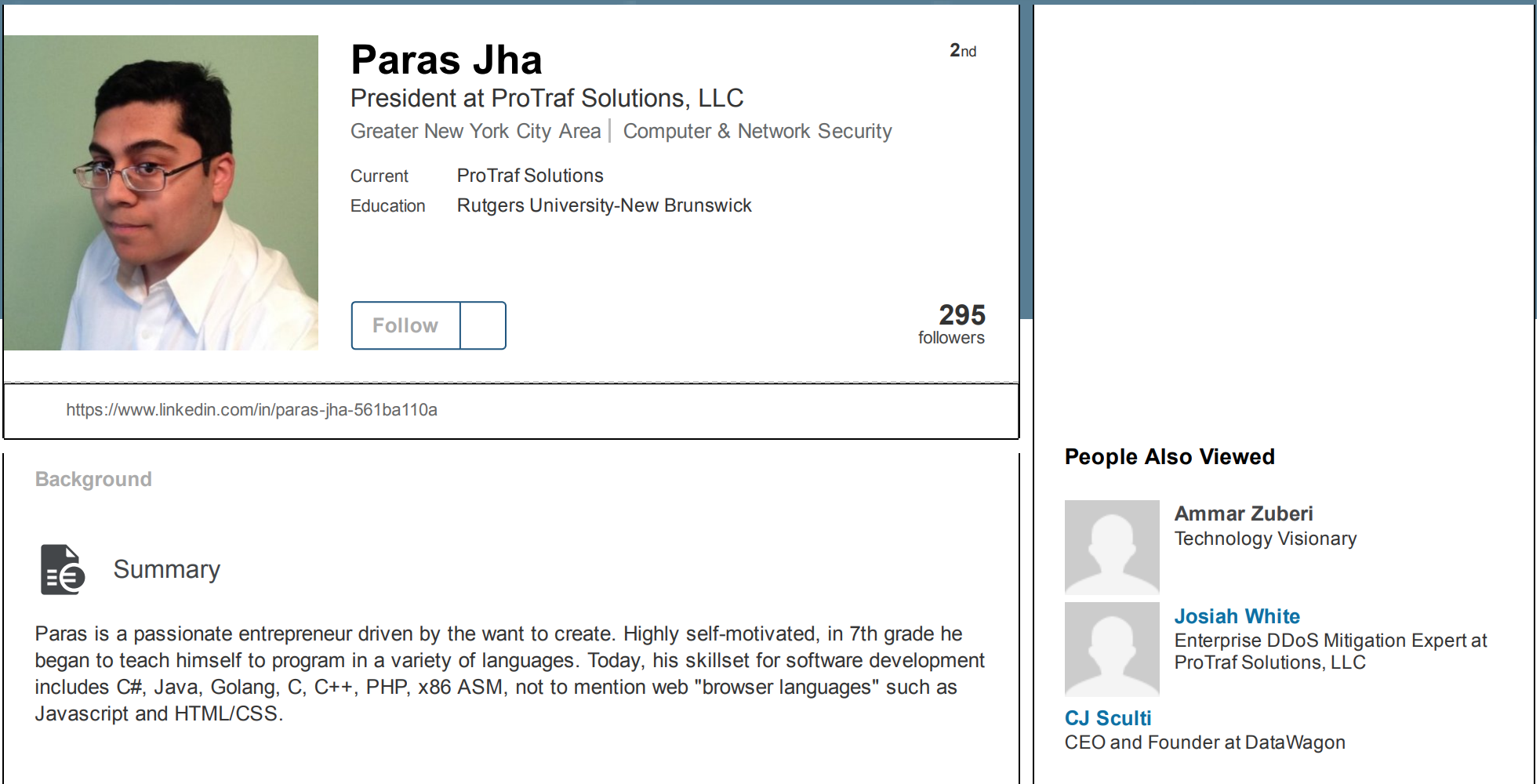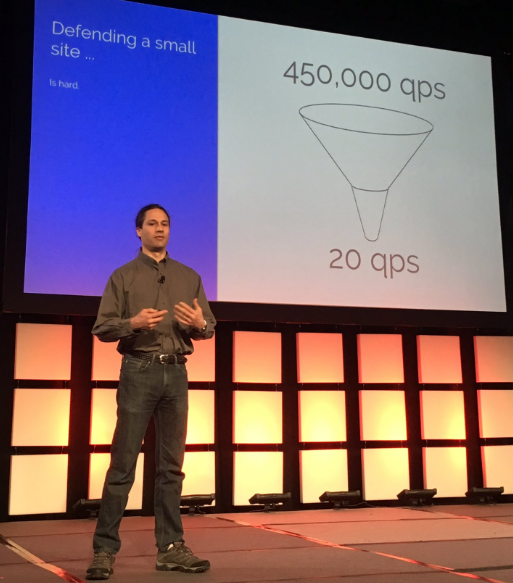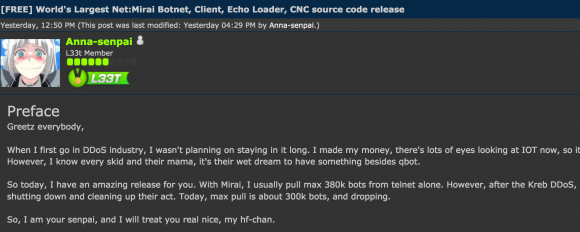Mirai IoT Botnet Co-Authors Plead Guilty

Credit to Author: BrianKrebs| Date: Wed, 13 Dec 2017 16:23:18 +0000
The U.S. Justice Department on Tuesday unsealed the guilty pleas of two men first identified in January 2017 by KrebsOnSecurity as the likely co-authors of Mirai, a malware strain that remotely enslaves so-called “Internet of Things” devices such as security cameras, routers, and digital video recorders for use in large scale attacks designed to knock Web sites and entire networks offline (including multiple major attacks against this site).
Read more
